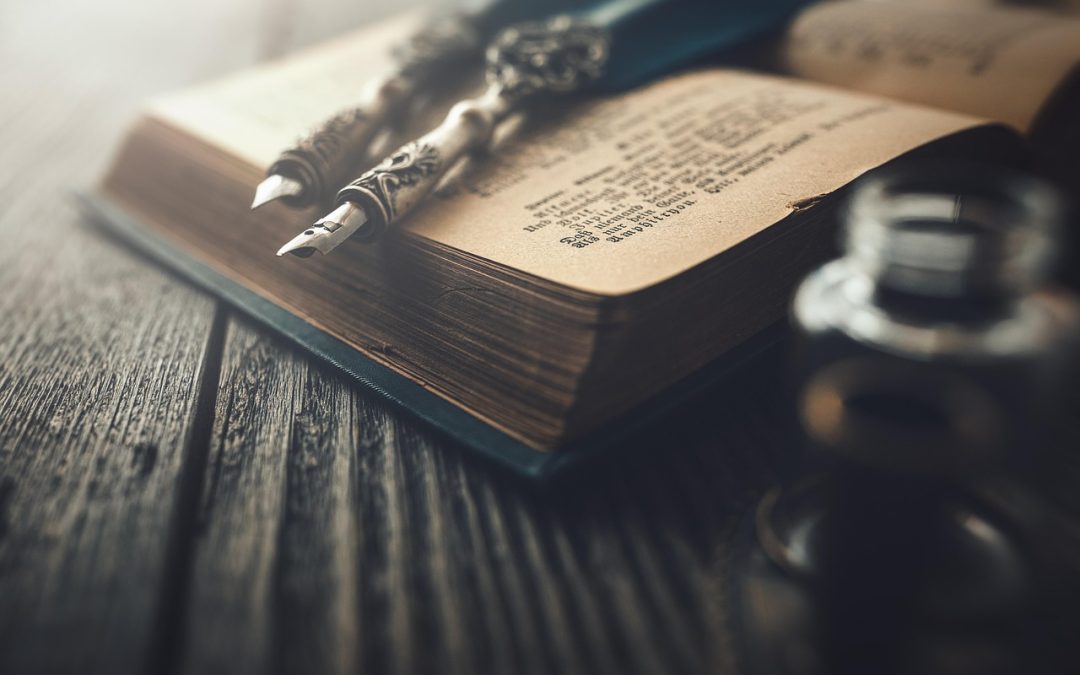As writers, we’ve all been there – staring at our manuscript, wondering how to transform it into a polished, professional-looking book that we can proudly share with the world. The good news is that with the rise of self-publishing and digital tools, the process has become more accessible than ever. In this post, we’ll explore some DIY tips to help you turn your manuscript into a masterpiece, from editing and design to printing and binding.
Editing and Revisions
The first step in turning your manuscript into a masterpiece is to ensure that the content is solid. This means rigorous editing and revisions to refine your work. Don’t be afraid to cut scenes, characters, or lines that aren’t working, and make sure your manuscript is free of typos and grammatical errors.
One of the most effective ways to edit your work is to create a style sheet, which outlines the formatting, punctuation, and stylistic choices you’ve made throughout the manuscript. This will help you maintain consistency and ensure that your work looks professional.
Another crucial step is to get feedback from beta readers and incorporate their suggestions into your revisions. This can be a daunting task, but it’s essential to creating a manuscript that resonates with your target audience.
Design and Layout
Once you’re happy with your manuscript, it’s time to think about design and layout. This is where you can get creative and bring your vision to life. For poetry chapbooks, a clean and simple design is often the most effective, while novels and short story collections may require more complex layouts.
One of the most popular design tools for self-publishers is Canva, a user-friendly platform that offers a range of templates and design elements. For more advanced designs, you may want to consider investing in Adobe InDesign or Vellum, which offer more advanced features and customization options.
When it comes to font choices, stick to classic serif fonts like Garamond or Times New Roman for body text, and reserve sans-serif fonts like Arial or Helvetica for headings and titles. Avoid using too many different fonts, as this can create a cluttered and confusing design.
Printing and Binding
Once your manuscript is edited and designed, it’s time to think about printing and binding. For chapbooks, you may want to consider printing on high-quality paper with a weight of at least 80gsm. This will give your book a professional feel and ensure that it lies flat when open.
There are several binding options to choose from, including perfect binding, saddle-stitching, and Coptic binding. Perfect binding is the most common method, which involves gluing the pages together and attaching a cover. Saddle-stitching is a more cost-effective option that involves stapling the pages together, while Coptic binding is a handmade method that involves sewing the pages together.
For a more DIY approach, you can print your chapbook on a home printer and bind it yourself using a needle and thread. This can be a time-consuming process, but it allows for complete creative control and can result in a truly unique and handmade book.
Final Tips and Resources
Turning your manuscript into a masterpiece requires patience, persistence, and practice. Here are some final tips to keep in mind:
- Keep your design simple and consistent, especially for poetry chapbooks.
- Invest in high-quality paper and printing to ensure a professional finish.
- Don’t be afraid to experiment with different binding methods and materials.
- Join a writing community or find beta readers to get feedback and support.
- Keep learning and improving your craft, whether through online courses, writing workshops, or conferences.
For more tips and resources on self-publishing and chapbook creation, check out Why Self-Publish Your Poetry Chapbook and Chapbook Nation: Why Small is the New Big.
In the words of writer and poet, Mary Oliver, “The most important thing is to write in your own voice. Don’t imitate somebody else’s style, don’t try to be somebody you’re not. The only way to find your voice is to use it.” Remember, turning your manuscript into a masterpiece takes time, effort, and dedication, but with persistence and practice, you can create a book that truly reflects your vision and creativity.
The most important thing is to write in your own voice. Don’t imitate somebody else’s style, don’t try to be somebody you’re not. The only way to find your voice is to use it. – Mary Oliver

